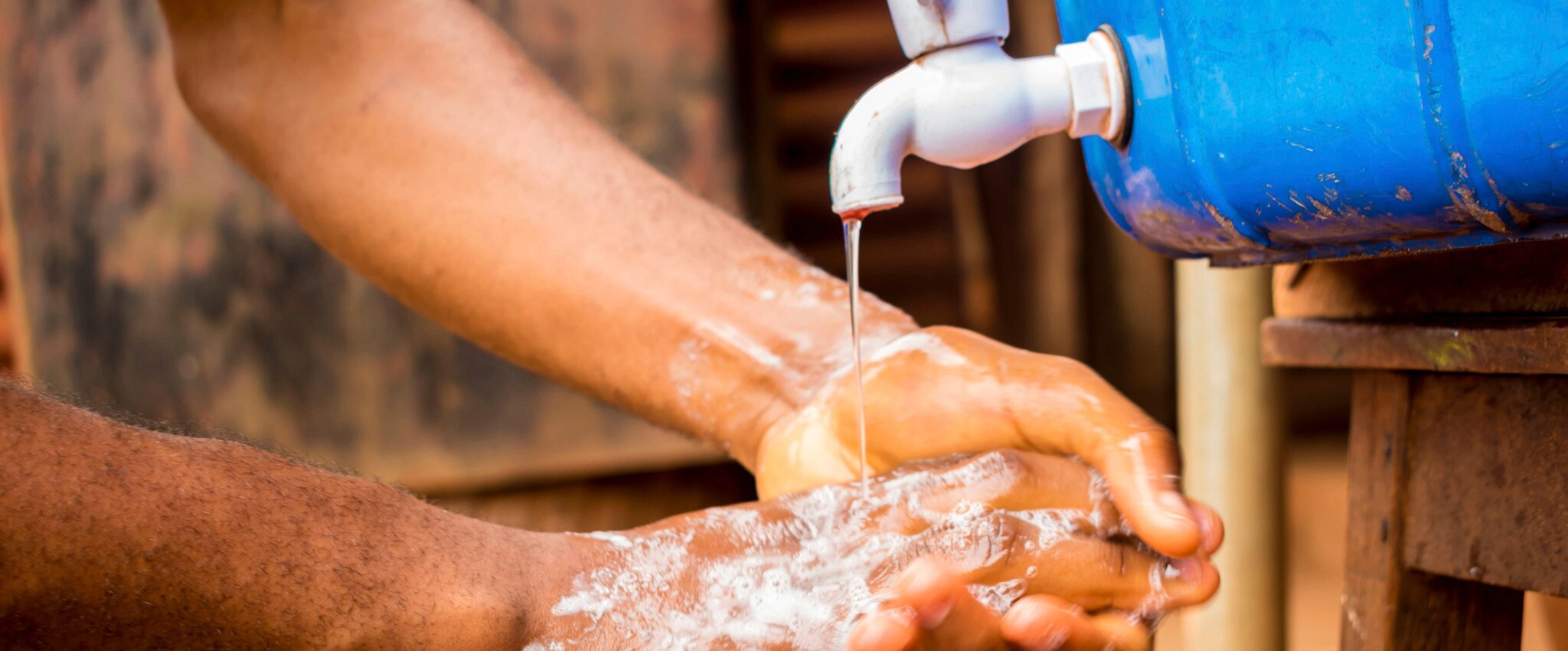Dysentery is a nasty, cunning, bowel infection that can be easily avoided! It is caused by bacteria or parasites and thrives in busy, densely populated areas where germs can multiply quickly. It can be passed from person to person through direct contact, or via contaminated food and drink.
IMMUNITY SUPPORT
Dysentery
What is Dysentery?
10 Oct 2021 4 min read
Symptom summary
- Diarrhoea.
- Stomach cramps.
- Fever.
- Nausea and vomiting.
- Bloody stools.
Prevention tips
Medical Practices
Be careful in the kitchen!
You think that there’s a risk of dysentery where you are? Then reduce the threat of infection by preparing your food and drink with extra care. Avoid eating raw fruit or vegetables that you can’t peel yourself; and drink bottled water or boil tap water for at least one minute before drinking or cooking with it. Hygiene Habit
Sip, sip, sip!
Drink plenty of water throughout the day to replenish any lost liquids – avoiding extremely hot or cold drinks. Why not try a calming peppermint tea or a refreshing glass of sparkling water?
Use a hot wash!
Wash the laundry of an infected person on the hottest setting possible as this will prevent germs spreading.
Hygiene Habit
Keep it clean!
Strive for the best hand hygiene possible! Washing your hands with Lifebuoy handwash throughout the day — after using the toilet; before preparing and eating meals, as well as when bathing yourself or your children — will ensure that germs won’t spread to you or your loved ones.
Mythbusters
- You can get ‘used’ to your water…
Not entirely true. You and your family may get used to certain strains of bacteria — but don’t risk it! It is very unlikely that you will become accustomed to dysentery. Or cholera. Or hepatitis. Or typhoid. - If water looks clean, it is clean…
No! Bacteria are so tiny (you could fit 10,000 of them onto the head of a pin!), so looks can be incredibly deceiving. Even if the water looks clean, it is still essential that you boil it before drinking.
For more tips from Lifebuoy on health and hygiene, read our articles.
Medical source : British Health Authority
References:
http://www.nhs.uk/Symptoms.aspx

